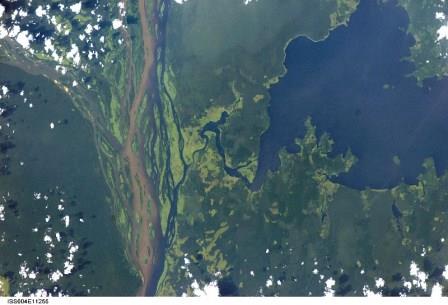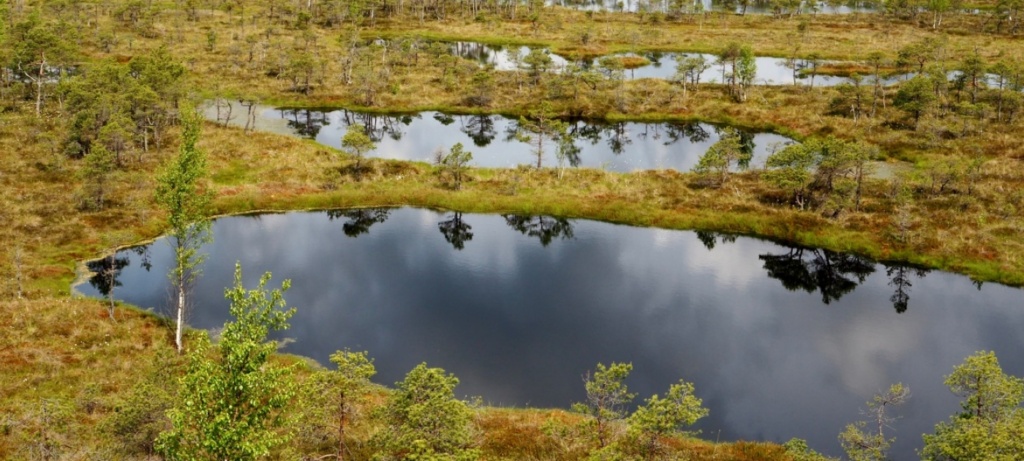We promote the conservation and restoration of peatlands, which are critical carbon sinks.
The United Nations Environment Programme’s (UNEP) work on the conservation and restoration of peatlands is motivated by their nature as highly efficient and compact carbon sinks. While peatlands cover only three per cent of the global land surface, they store nearly 550 billion tonnes of carbon – as much carbon as is contained in all terrestrial biomass and twice as much as in all the world’s forests. Considering this, peatlands are one of the greatest allies and potentially one of the quickest wins in the fight against climate change. By conserving and restoring peatlands globally, we can reduce emissions and revive an essential natural carbon sink.

But the world’s peatlands are under increased threat from drainage for agriculture, forestry, resource extraction and infrastructure development. The negative implications of the destruction are massive: current greenhouse gas emissions from drained or burning peatlands are estimated to amount to up to five percent of all emissions caused by human activity – in the range of two billion tonnes of carbon dioxide per year.

Urgent action must be taken to keep the carbon locked in peatlands where it is – wet, and in the ground. Drained peatlands must also be rewet to halt the ongoing, significant emissions. However, to take action on peatlands, we need to know where they are – and this has been a challenge for scientists.

The Global Peatlands Initiative is an international partnership formed in 2016 to save peatlands as the world’s largest terrestrial organic carbon stock. Forty-six international partner organizations and four major tropical peatland countries of Indonesia, Republic of Congo, Democratic Republic of Congo and Peru have come together to work to improve the conservation, restoration and sustainable management of peatlands globally.

In December 2017, the Global Peatlands Initiative launched its first report, SMOKE ON WATER: Countering Global Threats from Peatland Loss and Degradation/ DE LA FUMÉE SUR L’EAU: Lutter Contre les Menaces Mondiales Liées à la Destruction et à la Dégradation des Tourbières, a rapid response assessment which highlights why the threat to peatlands is a threat to people, the climate and the planet.
In an unprecedented move, the Democratic Republic of Congo, the Republic of Congo and Indonesia jointly signed the Brazzaville Declaration on Peatlands, to protect the Cuvette Centrale region in the Congo Basin –the world’s largest tropical peatlands – from unregulated land use, and prevent its drainage and degradation. The declaration came as a result of the proceedings of the Third Global Peatlands Initiative meeting of the Partners in March 2018, formalizing the commitment of the governments to continue to work together and exchange knowledge with the support of the Initiative to promote better management and conservation of this globally important carbon store.




